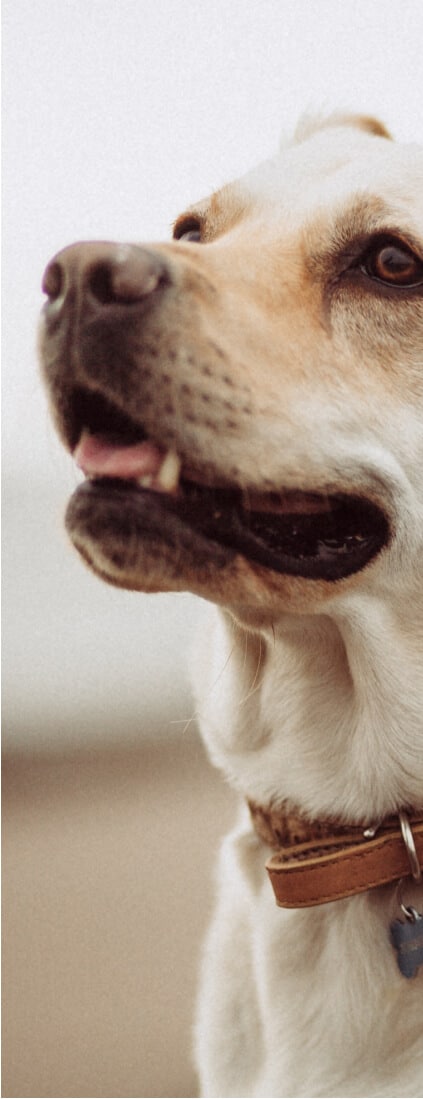Losing a pet is one of the hardest parts of being a pet parent, and deciding how to honor them afterward can be just as difficult.
Since 2009, we’ve been offering in home pet euthanasia, and then in 2015 pet aquamation as a gentle and eco-friendly alternative to traditional flame-based cremation. This method provides a respectful way to say goodbye while also being kind to the environment.
Read on to learn how aquamation can provide a peaceful farewell for your beloved pet.
How Long Does Aquamation Take?
The duration of the aquamation process, (AKA eco-friendly or water cremation, can vary depending on a few factors. Generally, aquamation takes around 18 hours to complete. Here’s a closer look at other factors in aquamation
Despite taking longer than flame-based cremation or fire cremation, water cremation or aquamation uses less energy and is a more gradual and respectful pet cremation process, aligning closer to natural decomposition by the end of the process.
What Happens to a Pet’s Body During Aquamation?
Aquamation (AKAwater cremation, eco-friendly cremation, or alkaline hydrolysis), is a water-based process that involves using water and alkali to break down the body’s tissues. Here’s a step-by-step of what happens:
- Preparation: The pet’s body is placed in a stainless-steel chamber.
- Addition of Solution: Water and alkali are added to the chamber.
- Circulation and Heating: The solution is gently heated and circulated around the body. This gentle water flow, combined with temperature and alkalinity, breaks down the body tissues over time.
- Decomposition: The body’s tissues dissolve into the water, resulting in a sterile, nutrient-rich liquid . Softened bone is what remains..
- Processing of Bones: The softened bone are then processed into the cremains that are returned to the family if they choose..
This method is slower and more gentle compared to the high-heat, flame-based cremation.
How Long After Aquamation Can Pet Cremains Be Received?
Once the aquamation process is complete, there are a few additional steps before you can receive your pet’s ashes:
- Drying Period: The bones need to dry completely after being processed into powder. This can take an additional 24 to 72 hours.
- Packaging: The ashes are then carefully packaged, labelled and prepared for return to the pet parents.
Cremains are typically ready within 10-14 days after receipt of the pet.
Frequently Asked Questions
How do we receive our pet’s cremains back??
In keeping with our eco-friendly process, cremains are returned in sustainably harvested mulberry bark containers. These containers are similar to pressed fiber (they are NOT wood). We also offer a range of urns and memorial products for purchase, allowing you to choose the perfect way to honor your beloved pet.
Can the family still have a memorial service after the aquamation process?
Absolutely. You can hold a memorial service either before or after the aquamation process. Many families choose to gather and remember their pets, sharing stories and celebrating their lives. You can have a traditional service or a more informal gathering, whichever feels right for you and your loved ones.
Are pet aquamation remains safe to handle?
Yes, the remains from aquamation are completely safe to handle. The process of alkaline hydrolysis effectively destroys any pathogens, ensuring the resulting ashes are sterile and safe. This makes it a gentle and hygienic option.
What can I do with the aquamation cremains?
There are many meaningful ways to honor your pet after the Aquamation process. You can keep them in an urn, scatter them in a special place, or even incorporate them into memorial items like jewelry or keepsakes. The choice is deeply personal, and we offer various options to help you find the best way to remember your pet.
Are the cremains different from those from flame cremation?
Yes, the cremains from aquamation are different from those produced by flame cremation. The cremains are usually lighter in color and finer in texture because the process doesn’t involve the carbonization of burning. Aquamation cremains are more pure and don’t contain any carbon discoloration, making them a clean and gentle way to honor your pet.
What happens to the water in the aquamation process?
The water solution used in the aquamation process, referred to as effluent, goes into the sanitary sewer. There it is treated and sterilized before being safely returned to the environment. This step ensures that the process is eco-friendly and does not harm the ecosystem and in fact is beneficial to the water treatment process.
Conclusion
Choosing the right way to say goodbye to your beloved pet is a heartfelt decision, whether you consider aquamation or flame-based cremation. Aquamation is a gentle, eco-friendly process that honors your pet’s memory and provides considerable environmental benefits. With its minimal environmental impact, use of less energy, and the return of pure, safe cremains, aquamation stands out as a compassionate choice for pet parents.
At Compassionate Care, we understand the deep bond you share with your pets. As the first Aquamation in Portland, we bring years of experience and dedication to provide the best care during this difficult time. Our team is here to answer any questions and guide you through every step of the process.
Consider aquamation, or water cremation for your pet’s final journey. Contact us anytime to learn more about how this innovative method can provide a peaceful farewell for your pet while also being kind to the planet.
















